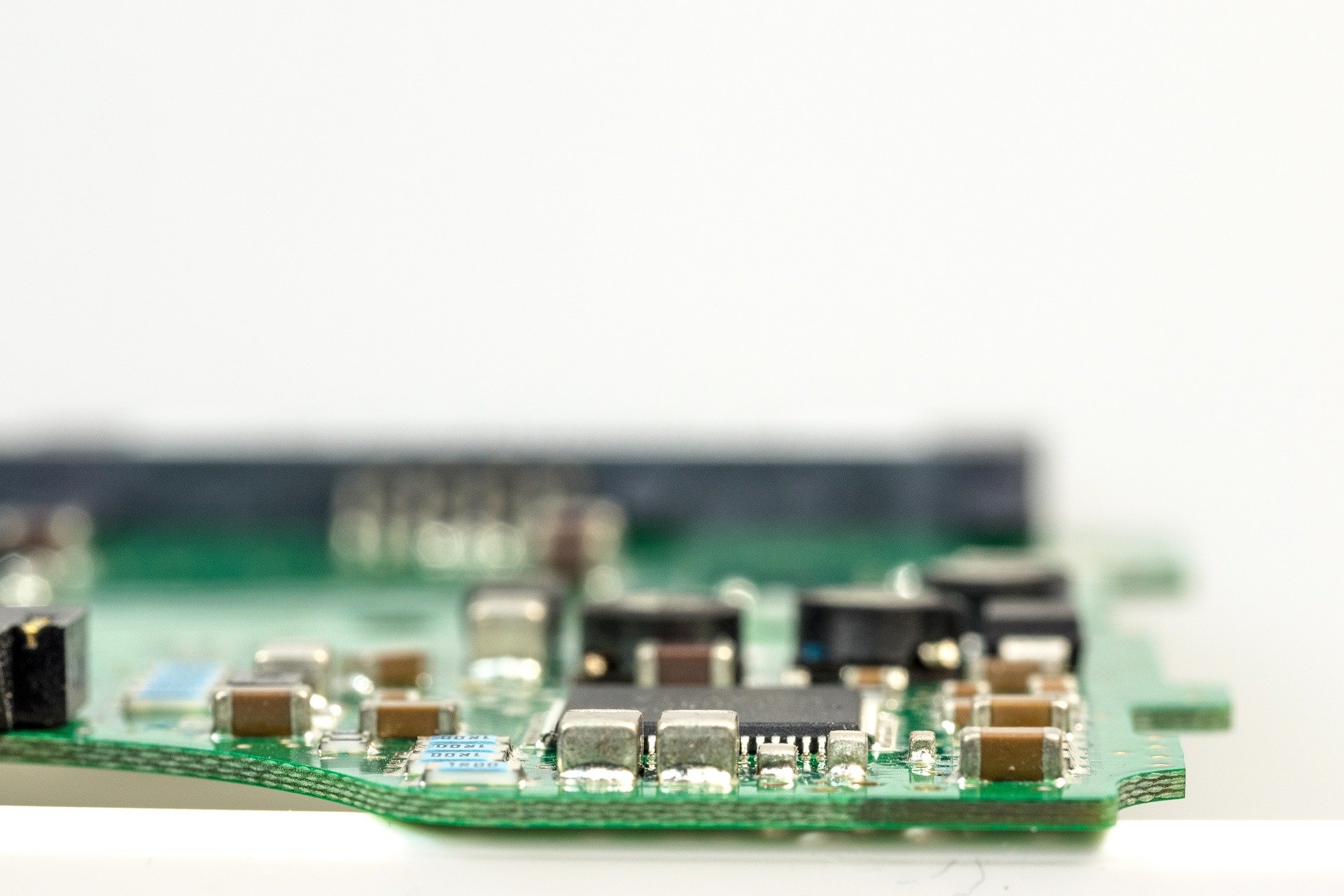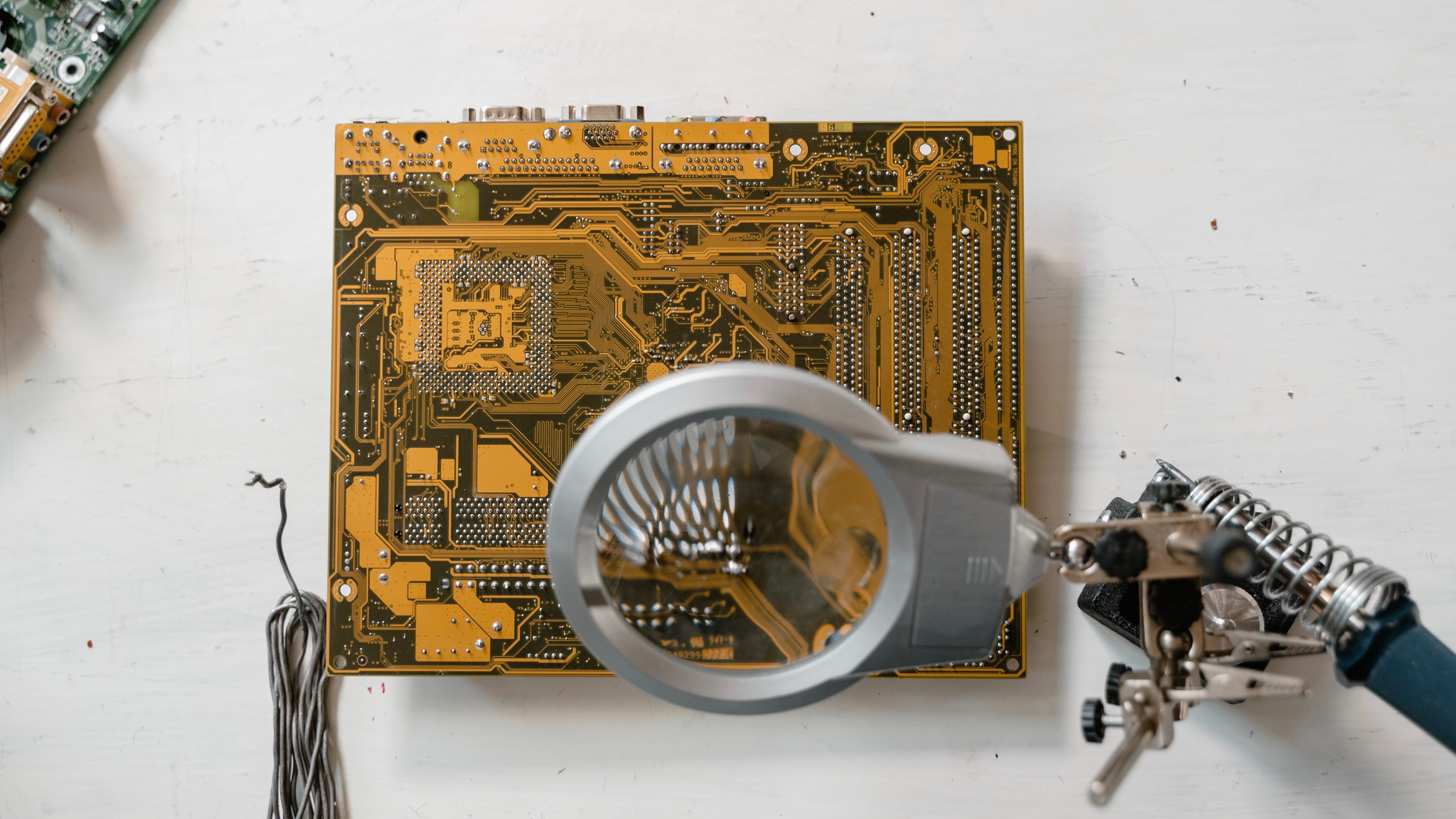Global shortages of semiconductors and electronic components have shaken the industry to its core as the disruption carries on into another year. The effects have been broad, halting production of many vehicles, delaying shipments, and raising prices for OEMs and consumers alike.
In this sensible semiconductor news update, we’ll take a closer look at the current state of the chip shortage that’s hanging manufacturers out to dry.
How Much Longer Will It Take to Fix the Chip Shortage?
It’s not just the chip buyers who have been affected. Manufacturers are having sourcing problems that are setting back production in spite of a will to ramp it up and meet demand. Even the world’s largest producer of high-end machinery used to manufacture chips, Applied Materials, was unable to acquire some of the chips used in its products in late 2021 due to unavoidable shortages.
As Chris Richard, a supply chain expert at Deloitte, reports “That is the definition of a vicious cycle. You can’t make more equipment to put in factories because you don’t have a chip that gets made in the same factory.”
The U.S. Secretary of Commerce believes that “We aren’t even close to being out of the woods.” The recent passage of the Chips Act will attempt to increase chip manufacturing to buttress the fragile semiconductor supply chain. Most industry executives believe the shortage is unlikely to let up before late 2022, with some chips and products still delayed into 2023.
High-Tech Exports to Russia Banned in Response to Ukraine Invasion
The Russia-Ukraine conflict has rocked the fragile boat of the electronics supply chain yet again and likely set normalcy back even further. It’s true that Ukraine is the largest supplier of the electronics industry’s noble gas neon, complicating production of certain chip technologies, but the West’s response to the invasion will have an even greater impact on Russia.
High-tech product exports to Russia have been banned by the U.S. Commerce Department, in a bid to hamper their ability to produce tanks, airplanes, and other military equipment. In addition, restrictions have been placed on Russian exports of semiconductors, computers, telecommunications technology, information security equipment, lasers, and sensors.
Russia does not produce large quantities of chips or consumer electronics, and so the ban will have a strong impact. Their suppliers are impacted too, however, as a major buyer of their chips is now off the table even as companies struggle to survive the chips crisis.
DDR3 consumer DRAM prices expected to rise 0-5% in 2Q22
Not all shortages are unexpected. The world may be in the midst of a supply and demand snafu, but that hasn’t prevented major South Korean, Taiwanese, and other chip suppliers from cutting back on their production of DDR3 consumer DRAM.
Prices of DDR3 solutions are expected to go up by as much as 5% in the second quarter of 2022 due in large part to innovations from Intel and AMD — new CPUs that will support DDR5 DRAM. This development has spurred suppliers to accommodate the arrival of the new CPUs by drawing down DDR3 production and focusing on the newer technology. Samsung and SK Hynix plan to declare their DDR3 offerings in the near future.
This has created a tight supply and demand situation in the DDR3 market. Since DDR3 consumer DRAM is primarily used in end-devices such as STBs and networking products, those segments of the electronics market will be the most affected. Look for this fresh supply snag to impact pricing on GPON, routers, modems, and other such devices.
Stay Up-to-Date on Semiconductor News With Sensible Micro
The Sensible team always keeps an ear to the ground for valuable industry insights and electronic component news. Our robust global network often enables us to access critical insights early, even before many OEMs and manufacturers.
Stay informed with Sensible Micro and get the tips you need to keep one step ahead of expected shortages and phaseouts that are coming in 2022 and 2023.
News Sources:

















